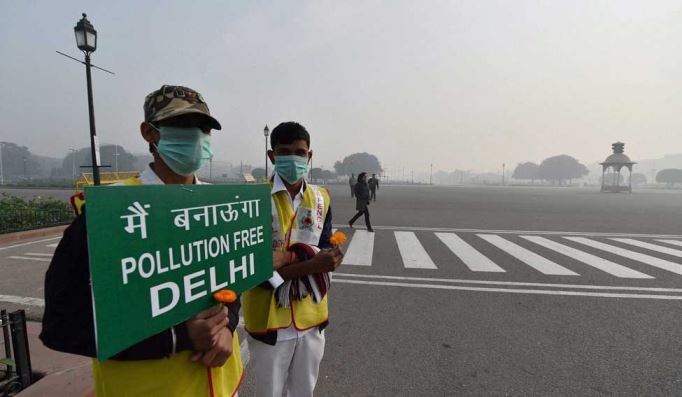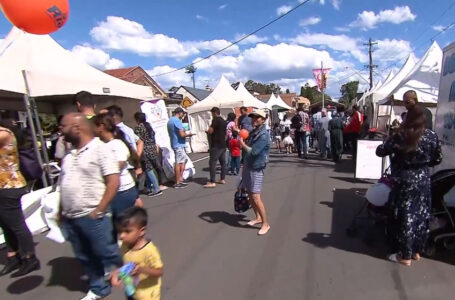HOW DELHI IS COMBATING AIR POLLUTION IN 2016

India has 13 of the 15 most polluted cities in the world. Of these, Delhi’s air pollution levels have been deemed dangerously high by the High Court in December. In order to combat polluted air in the city, the government has introduced a variety of tactics. This article summarises them all.
In December 2014, the Delhi High Court made an observation on Delhi’s air saying that the air pollution levels in the capital city of India have reached ‘alarming levels’, likening life in Delhi to be akin to ‘living in a gas chamber’. The court then directed the Centre and the city government to take comprehensive action to combat it.
In response to this, the Arvind Kejriwal government introduced a plan by which only odd-numbered and even-numbered private vehicles will be allowed to drive on the road on alternate days. This rule does not apply to public vehicles, and ever since its implementation in the new year, Delhi has become the only city after Beijing in Asia to try such a scheme.
Besides this main step, there are also a slew of other steps that the government is trying out in order to reduce Delhi’s air pollution levels. Here are a few salient points:
- A thrust on public transport is being planned, with new buses added to DTC and Delhi Metro also being asked to add new trains in order to encourage people to use public transport more.
- Entry of trucks into Delhi has been pushed back from the current time of 9 PM to a new time of 11 PM. This will reduce standing vehicle emissions because of lower traffic congestion.
- The Delhi government is shutting down its own thermal power station in Badarpur and also will ask UP to shut down the Dadri power plant to control particulate matter that will be released into the air.
However, this move is not without its challenges, the main ones of which are the following:
- Infrastructure bottleneck combined with a short-staffed police force, including traffic police can serve as a deterrent.
- Public and government vehicles, which are exempt from this rule, need to be dealt with separately.
- Mechanism of punishment for violation of rules needs to be set up and followed correctly. In India, creation of rules is one thing but implementing them is quite another.
- The citizens of the city are also concerned about how the rules will bend to accommodate the many exceptions: for instance, how will it work for night-time employees, who will have to take their car to work at night and return in the mornings? There are also questions about personal emergencies and whether these rules will be relaxed in such cases.
- Citizens are also worried about whether Delhi’s public transport infrastructure will be able to expand to withstand the increased load of commuters that will result due to this plan. What if it doesn’t?
All in all, like for every plan, there are many questions that will be answered only when it is set in motion and introduced. In the first few months starting from now, the strategy will be refined in many ways, and we hope that Delhi will see lower air pollution levels in the near future.







